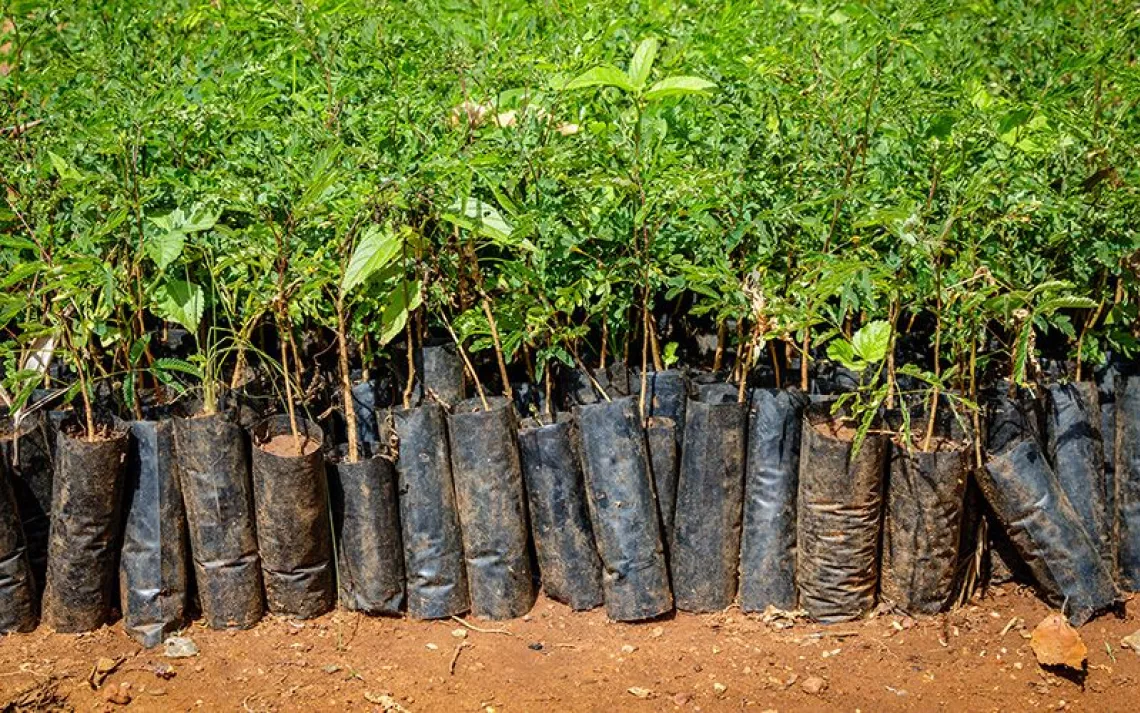Solar Decathlon
By building eco-houses, students are jump-starting careers
The Solar Decathlon lasts just 10 days but it shapes decades-long careers. The Department of Energy's biennial competition pulls together collegiate teams to build houses whose futuristic design strives toward energy efficiency, affordability, and attractiveness. David Springer, a onetime Decathlon judge and the cofounder of the Davis Energy Group, says, "The short timeline creates a crash course in understanding what's been done before and where research opportunities exist."
This October 3–13, the sixth Solar Decathlon will take place at the Orange County Great Park in Irvine, California. Experts will judge 20 solar-powered dwellings on 10 criteria ranging from greenness to comfort, and thousands of visitors will come to admire the modern abodes.
But the Solar Decathlon does more than just pique the public's interest. Since 2002, the DOE has held the contest primarily to prepare participants for the burgeoning clean-tech job market. Last December, the agency surveyed more than 200 former decathletes and non-decathletes—those who went to school at the same time and studied the same subjects as decathletes—and found that 76 percent of former decathletes have worked in clean-energy jobs, compared with 15 percent of non-decathletes.
Upwards of 90 percent of former decathletes credit their Solar Decathlon experience with landing them their green careers. (The DOE survey also found that 9 out of 10 of former decathletes had convinced someone to install energy-efficient equipment on a building or home.)
What gives decathletes that job-getting edge? For one thing, they get ample exposure to employers: Teams collaborate with industry mentors and appeal to companies for sponsorships, proving to the pros that they know how to take a project from idea to market.
Allison Wilson got hired before she even graduated from the University of Maryland. While pitching her school's winning Decathlon entry WaterShed, a solar-powered, water conservation–themed house modeled after the Chesapeake Bay ecosystem, she caught the attention of Jim Wheeler, who heads the architecture firm Ayers Saint Gross. What impressed him about Wilson, he said, was her ability to collaborate across disciplines, a crucial professional skill that is exactly what Decathlon instills: Each team requires that architecture, engineering, and environmental science students work closely together. He also appreciated WaterShed's creative features, including an artificial wetland to filter water, a roof laden with succulent plants to capture rainwater for efficient insulation, and vertical gardens.
As a decathlete, sustainability "becomes a part of your design DNA," David Schieren says. "You become an agitator within these firms for renewable energy." As an engineering student in 2005, Schieren helped lead the New York Institute of Technology's Solar Decathlon team and has since worked to establish a tight-knit Solar Decathlon alumni network that has helped many of its members find jobs.
"We got to build something that we were proud of," Wilson said. "We created this network of impassioned leaders that want to make the world better. All of us having had that shared experience—that is one way to make progress."
 The Magazine of The Sierra Club
The Magazine of The Sierra Club





